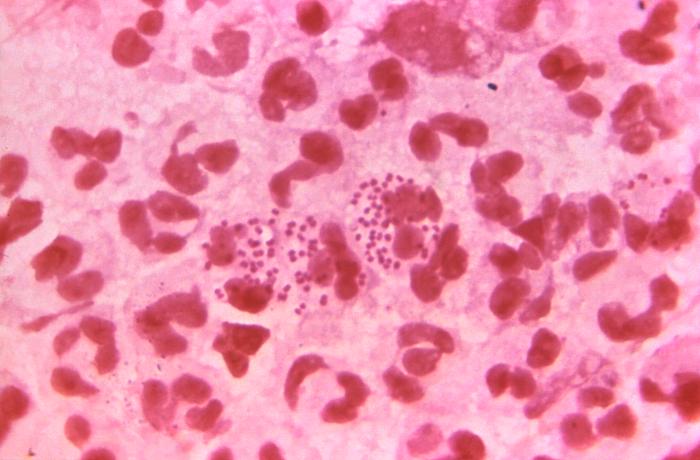Minnesota state health officials are reporting an increase in sexually transmitted diseases (STDs) in 2017, prompting calls for sexually active people and those who inject drugs to get tested at least yearly.

The Minnesota Department of Health’s (MDH) annual sexually transmitted disease (STD), HIV and hepatitis surveillance report shows the number of new chlamydia, gonorrhea and syphilis cases combined in Minnesota increased by 8 percent in 2017 compared to 2016, while HIV cases remained stable and hepatitis C cases increased by 15 percent in 2017 compared to 2016, and half of the new cases reported injection drug use.
More specifically:
- Chlamydia, the No. 1 reported infectious disease in the state, reached a new high of 23,528 cases in 2017, a 4 percent increase from the 22,675 cases reported in 2016.
- Gonorrhea remained the second most commonly reported STD in Minnesota with 6,519 cases reported in 2017, a 28 percent increase from the 5,104 cases reported in 2016.
- Syphilis cases increased 10 percent with 934 cases in 2017 compared to 852 in 2016 with new infections continuing to be centered within the Twin Cities metropolitan area and among males, particularly among men who have sex with men. The presence of syphilis among females, especially those who are pregnant or of child-bearing age, continues to be of concern.
Disparities remain among communities of color and men who have sex with men. “Communities of color, men who have sex with men and people who inject drugs continue to have higher rates of STDs, HIV and hepatitis C,” said Minnesota Commissioner of Health Jan Malcolm. “This latest information underscores the importance of continuing our focus on advancing health equity and building partnerships with communities to ensure that all Minnesotans have access to prevention, testing and treatment services.”
“A lot of people assume they only need to get tested if they have symptoms,” said Krissie Guerard, manager of the STD, HIV and TB section at MDH. “The truth is that STDs, HIV and hepatitis C often have no symptoms. We urge people who are sexually active and people who inject drugs to get tested at least yearly for STDs, HIV and hepatitis C to protect their health and the health of their partners.”
STDs, HIV and hepatitis C infections are all highly preventable. Effective prevention methods include consistent and correct condom use during sex and not sharing injection drug, tattoo and piercing equipment. Pre-exposure prophylaxis, or PrEP, is a daily prescription medication that can prevent HIV infection when taken consistently and correctly.
Related:
- Highly resistant gonorrhea case treated successfully with ertapenem
- Iowa: Gonorrhea cases ‘increasing quickly’, disproportionate rates found in African Americans
- North Dakota reports 28 percent increase in syphilis
- Sexually Transmitted Infections: Those common and those not so common, Part 2
- Sexually Transmitted Infections: Those common and those not so common, Part 1
- Herpes infections down in the US



One thought on “Minnesota reports significant increases in syphilis, gonorrhea; Officials urge frequent testing for people at heightened risk”